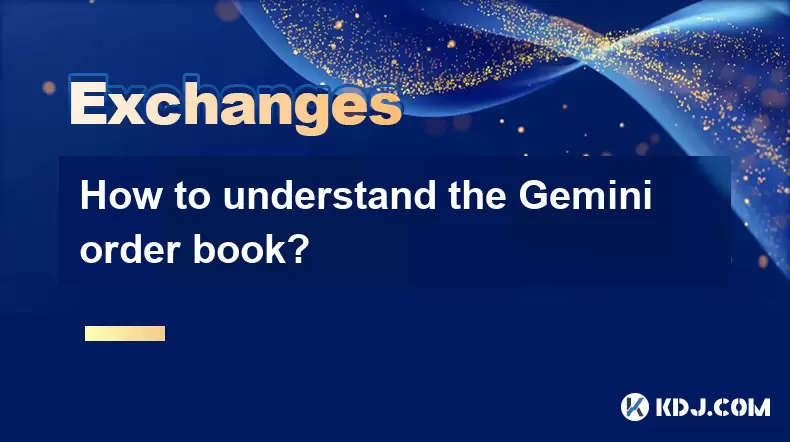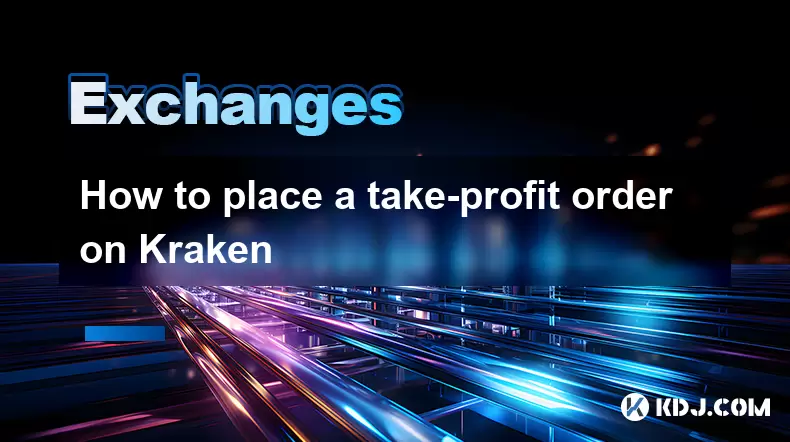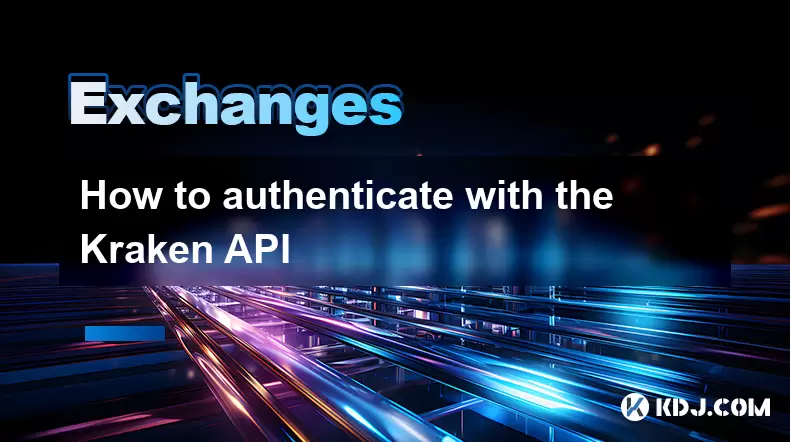-
 Bitcoin
Bitcoin $113900
-1.39% -
 Ethereum
Ethereum $3517
-4.15% -
 XRP
XRP $3.009
1.59% -
 Tether USDt
Tether USDt $0.9997
-0.04% -
 BNB
BNB $766.8
-1.41% -
 Solana
Solana $164.6
-2.38% -
 USDC
USDC $0.9998
-0.02% -
 TRON
TRON $0.3277
0.65% -
 Dogecoin
Dogecoin $0.2023
-1.67% -
 Cardano
Cardano $0.7246
0.05% -
 Hyperliquid
Hyperliquid $38.27
-4.77% -
 Sui
Sui $3.528
-0.52% -
 Stellar
Stellar $0.3890
-0.73% -
 Chainlink
Chainlink $16.16
-2.69% -
 Bitcoin Cash
Bitcoin Cash $539.9
-4.38% -
 Hedera
Hedera $0.2425
-2.00% -
 Avalanche
Avalanche $21.71
-0.97% -
 Toncoin
Toncoin $3.662
5.73% -
 Ethena USDe
Ethena USDe $1.000
-0.02% -
 UNUS SED LEO
UNUS SED LEO $8.964
0.35% -
 Litecoin
Litecoin $107.7
2.33% -
 Shiba Inu
Shiba Inu $0.00001223
-0.40% -
 Polkadot
Polkadot $3.617
-0.97% -
 Uniswap
Uniswap $9.052
-2.49% -
 Monero
Monero $295.1
-3.79% -
 Dai
Dai $0.9999
0.00% -
 Bitget Token
Bitget Token $4.315
-1.85% -
 Pepe
Pepe $0.00001060
0.11% -
 Cronos
Cronos $0.1342
-2.72% -
 Aave
Aave $256.0
-0.87%
How to sell cryptocurrency on Binance?
Selling crypto on Binance involves selecting a trading pair, placing a sell order, and withdrawing funds once the transaction is complete.
Jul 02, 2025 at 04:07 pm

Understanding the Basics of Selling Cryptocurrency on Binance
Selling cryptocurrency on Binance is a straightforward process, but it requires understanding the platform's interface and the necessary steps to execute a trade securely. Before proceeding with any transaction, users must ensure they have a verified account and that their wallet contains the cryptocurrency they wish to sell. The first step involves logging into your Binance account and navigating to the "Wallet" section to check your available balance.
It’s essential to know which trading pair you want to use when selling crypto. For example, if you're selling Bitcoin (BTC), you may choose to trade it for Tether (USDT) or another fiat currency like USD. Choosing the correct trading pair ensures smooth execution and avoids unnecessary fees or delays.
Accessing the Trading Interface
Once you’ve confirmed your holdings, the next step is to access the trading interface. This can be done by clicking on the "Trade" option in the top menu and selecting "Exchange" or using the direct link to the Spot Trading page. Here, you’ll see a list of trading pairs. Use the search bar to locate the specific cryptocurrency you intend to sell.
Make sure the trading pair matches the coin you’re holding. For instance, if you are holding Ethereum (ETH), look for ETH/USDT or ETH/BUSD depending on your preferred fiat alternative. Selecting the correct pair is crucial because choosing the wrong one could lead to confusion or accidental trades.
Placing a Sell Order
After locating the correct trading pair, click on it to open the trading chart and order book. You'll notice three main sections: the chart, the order book, and the buy/sell panels. To sell your cryptocurrency, focus on the "Sell" panel located on the right side of the screen.
- Enter the amount of cryptocurrency you wish to sell in the designated field. This can be done manually or by clicking "25%", "50%", "75%", or "100%" to quickly select a portion of your balance.
- Set the price at which you want to sell. You can choose between a market order (sell immediately at the current price) or a limit order (set a specific price at which you're willing to sell).
- Review the total proceeds from the sale, which will appear automatically once you input the amount and price.
Click the red "Sell" button to place your order. If you selected a market order, the transaction will execute instantly. Limit orders may take time depending on market conditions.
Confirming the Transaction
After placing the sell order, it's important to verify that the transaction has been processed successfully. Navigate to the "Orders" tab to view your active and completed trades. Here, you can monitor whether your sell order was filled or still pending.
If your order is filled, the corresponding amount will appear in your spot wallet as the selected fiat currency. For example, if you sold BTC for USDT, your USDT balance should reflect the proceeds of the trade. Always double-check the amount to ensure accuracy.
In case of a partially filled order, the remaining amount will stay listed until the set price is met. You can cancel a limit order anytime by clicking the "Cancel" button next to it in the "Open Orders" section.
Withdrawing Funds After the Sale
Once your cryptocurrency has been successfully converted into a stablecoin or fiat currency, you may wish to withdraw the funds to your bank account or external wallet. To do this, go to the "Wallet" section and click on "Withdraw."
- Select the appropriate network and currency for withdrawal. Ensure the network matches the one supported by your receiving wallet or bank.
- Enter the recipient address or bank details carefully. Any mistake here can result in irreversible loss of funds.
- Input the amount you wish to withdraw, keeping in mind the network fee displayed below.
Double-check all information before confirming the withdrawal. Once initiated, withdrawals cannot be canceled, so accuracy is critical.
Frequently Asked Questions
Can I sell any cryptocurrency on Binance?
Yes, Binance supports a wide range of cryptocurrencies for trading. However, not all coins can be directly exchanged for fiat currencies like USD. Some altcoins may need to be traded for stablecoins like USDT before conversion to fiat.
What happens if my sell order doesn’t get filled?
If your sell order isn’t filled, it means no buyer matched your price yet. Limit orders remain open until either filled or canceled. You can adjust the price or switch to a market order to complete the sale immediately.
Are there fees for selling crypto on Binance?
Yes, Binance charges trading fees based on your 30-day trading volume and BNB holdings. These fees apply to both buying and selling transactions and are typically deducted from the proceeds of the trade.
How long does it take to receive funds after selling crypto?
Market orders are executed instantly, and the converted funds become available in your spot wallet right away. Withdrawal times depend on the network used and can vary from a few minutes to several hours.
Disclaimer:info@kdj.com
The information provided is not trading advice. kdj.com does not assume any responsibility for any investments made based on the information provided in this article. Cryptocurrencies are highly volatile and it is highly recommended that you invest with caution after thorough research!
If you believe that the content used on this website infringes your copyright, please contact us immediately (info@kdj.com) and we will delete it promptly.
- Phishing, Wallets, and Stolen Funds: Staying Safe in the Wild West of Crypto
- 2025-08-02 16:30:12
- Rare Coin Alert: Is That 50p in Your Pocket Worth £10,000?
- 2025-08-02 16:30:12
- Arbitrum (ARB) Price Prediction: Oversold Signal or Breakout Imminent?
- 2025-08-02 16:55:36
- Arbitrum (ARB): Navigating Price Dips, PayPal Perks, and the Road Ahead
- 2025-08-02 17:00:12
- CoinDCX, Coinbase, and Cyber Heists: A Crypto Rollercoaster
- 2025-08-02 14:30:12
- Solana, Axiom Exchange, and Revenue: Navigating the Future of DeFi
- 2025-08-02 12:50:12
Related knowledge

How to understand the Gemini order book?
Aug 02,2025 at 03:35pm
What Is the Gemini Order Book?The Gemini order book is a real-time ledger that displays all open buy and sell orders for a specific cryptocurrency tra...

How to sell cryptocurrency on Gemini?
Aug 02,2025 at 05:07pm
Understanding the Gemini Platform and Account SetupBefore selling cryptocurrency on Gemini, it’s essential to ensure you have a fully verified account...

How to fix a failed cryptocurrency deposit to Kraken
Aug 02,2025 at 03:22pm
Understanding Why a Cryptocurrency Deposit Fails on KrakenWhen a cryptocurrency deposit fails on Kraken, the issue typically stems from one of several...

How to place a take-profit order on Kraken
Aug 02,2025 at 02:28pm
Understanding the Role of Private Keys in Cryptocurrency SecurityIn the world of cryptocurrency, private keys are the most critical component of digit...

How to authenticate with the Kraken API
Aug 02,2025 at 01:49pm
Understanding Kraken API Authentication RequirementsTo interact securely with the Kraken API, authentication is required for any private endpoints suc...

Why is my Kraken verification taking so long
Aug 02,2025 at 04:07pm
Understanding Kraken Account Verification ProcessKraken, one of the leading cryptocurrency exchanges, implements a multi-tiered verification system to...

How to understand the Gemini order book?
Aug 02,2025 at 03:35pm
What Is the Gemini Order Book?The Gemini order book is a real-time ledger that displays all open buy and sell orders for a specific cryptocurrency tra...

How to sell cryptocurrency on Gemini?
Aug 02,2025 at 05:07pm
Understanding the Gemini Platform and Account SetupBefore selling cryptocurrency on Gemini, it’s essential to ensure you have a fully verified account...

How to fix a failed cryptocurrency deposit to Kraken
Aug 02,2025 at 03:22pm
Understanding Why a Cryptocurrency Deposit Fails on KrakenWhen a cryptocurrency deposit fails on Kraken, the issue typically stems from one of several...

How to place a take-profit order on Kraken
Aug 02,2025 at 02:28pm
Understanding the Role of Private Keys in Cryptocurrency SecurityIn the world of cryptocurrency, private keys are the most critical component of digit...

How to authenticate with the Kraken API
Aug 02,2025 at 01:49pm
Understanding Kraken API Authentication RequirementsTo interact securely with the Kraken API, authentication is required for any private endpoints suc...

Why is my Kraken verification taking so long
Aug 02,2025 at 04:07pm
Understanding Kraken Account Verification ProcessKraken, one of the leading cryptocurrency exchanges, implements a multi-tiered verification system to...
See all articles

























































































